The 70s were a time of pure, unfiltered creativity, and nowhere was that more evident than at school science fairs. Safety regulations weren’t quite what they are today, and most of us had free rein to experiment with ideas that, looking back, probably weren’t the safest. We didn’t have the internet for inspiration—we had our imaginations, a few library books, and whatever we could find in the garage. These projects might not have all passed a safety inspection today, but they sure made for unforgettable science fair moments!
1. Lemon Battery Experiment
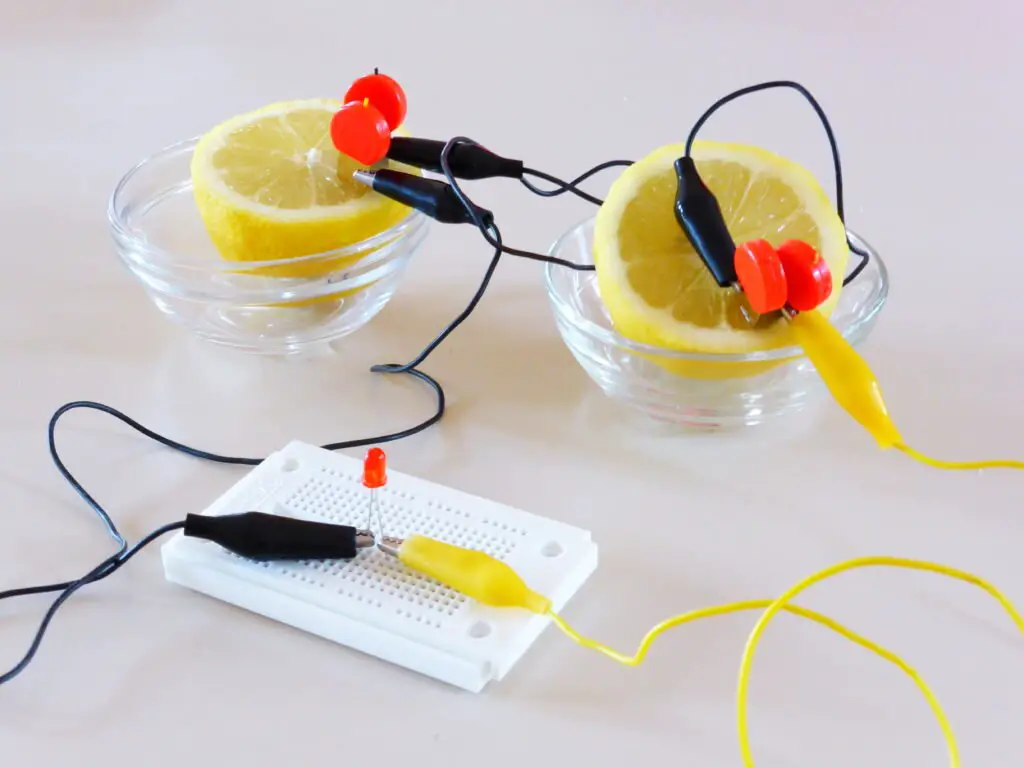
This project seemed harmless at first: sticking a few nails into lemons to generate electricity. But in typical 70s style, some kids took it further, using wires, metal scraps, and larger fruit (grapefruits, anyone?) to see just how much juice they could get. Who knows how safe the wiring was, but we sure felt like young electricians.
2. Homemade Rocket Launches
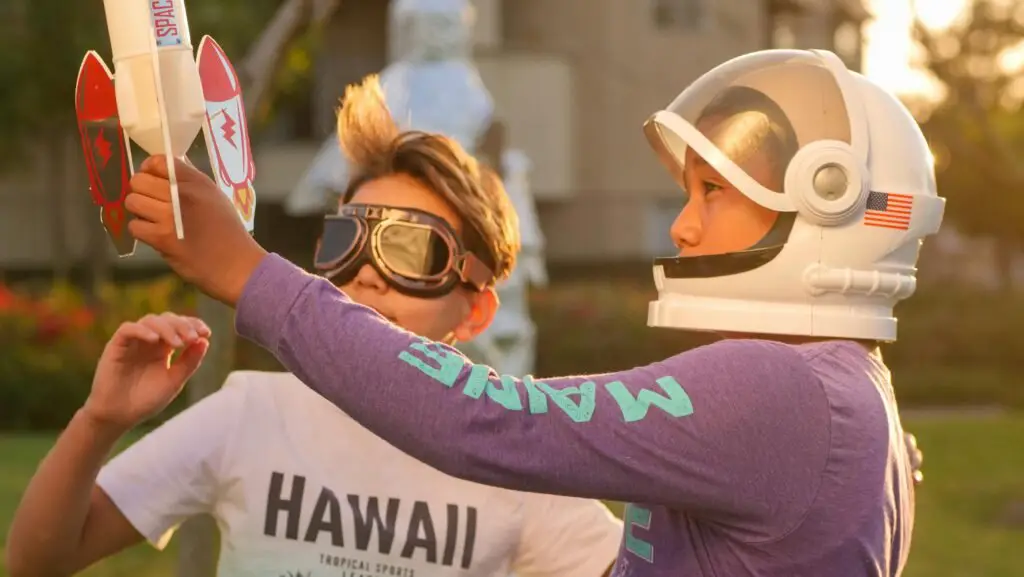
Why settle for model rockets when you can make your own? Kids in the 70s were building rockets out of anything they could find—cardboard tubes, metal pipes, and even fireworks. If you were lucky, your rocket launched high into the sky. If not, well, let’s just say it was better to stand back. Safety goggles? Who needed those?
3. The Baking Soda and Vinegar Volcano
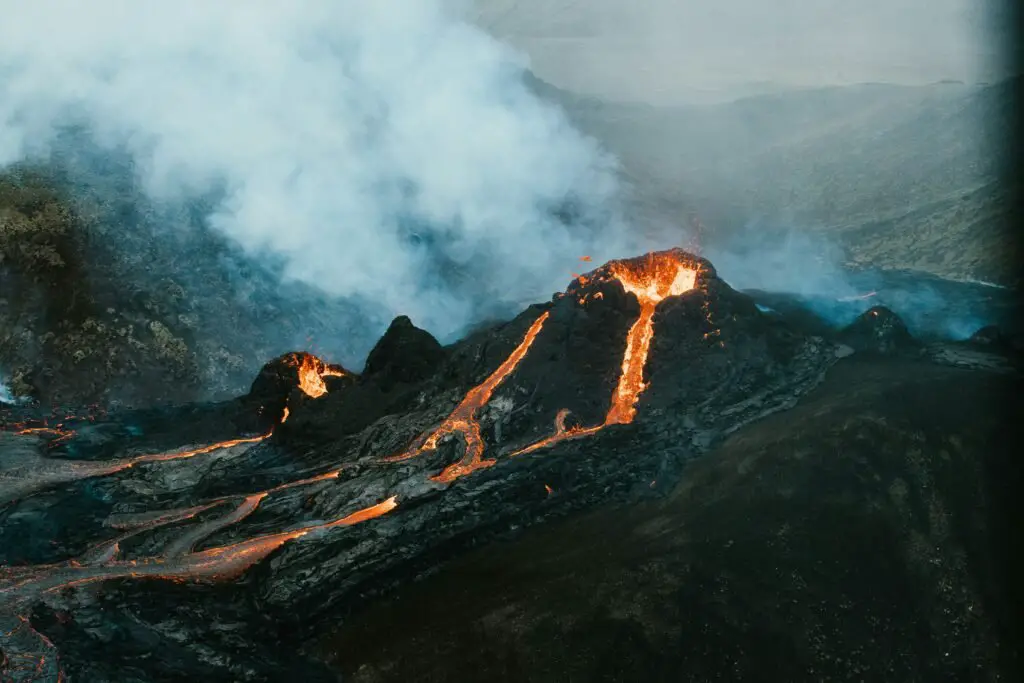
This classic is still around, but back in the 70s, we made it big. We weren’t afraid to use a lot of vinegar and baking soda to make sure our volcanoes erupted in a dramatic, foamy mess that might have flooded more than one classroom. Sometimes we even added food coloring or other secret ingredients to make the eruption look more “realistic.” And sure, a little mess was no big deal back then—clean-up was just part of the fun!
4. Magnets and TVs

Ever curious about how things work, some kids thought it would be cool to bring magnets near televisions and other electronics. The goal? Messing with the picture to “see how magnets affect electricity.” The result? Usually a ruined TV or strange colors on the screen. Definitely not a safe or practical experiment, but oh, the curiosity it sparked!
5. Static Electricity Experiments with Balloons and Wool

Rubbing balloons on your head to make your hair stand up was innocent enough, but some kids wanted to take things a step further. By charging up all sorts of materials—wool blankets, aluminum foil, even electrical wiring—kids would create static charges so strong, you could shock someone from across the room. The science was fun, but the accidental zaps might’ve been a little too intense!
6. Dry Ice Demonstrations
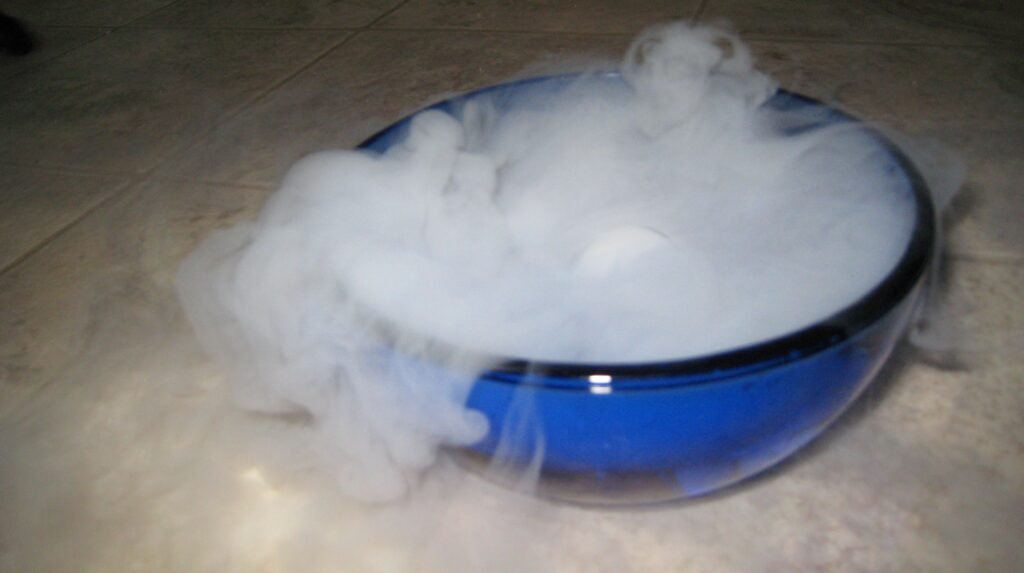
If you could get your hands on some dry ice, you were the king of the science fair. We loved watching it create that spooky fog effect as it sublimated, but the problem was that most of us didn’t really understand how dangerous dry ice could be. Bare hands? Sometimes. Ventilation? What was that? We just knew it made our projects look extra cool.
7. Homemade Hovercrafts
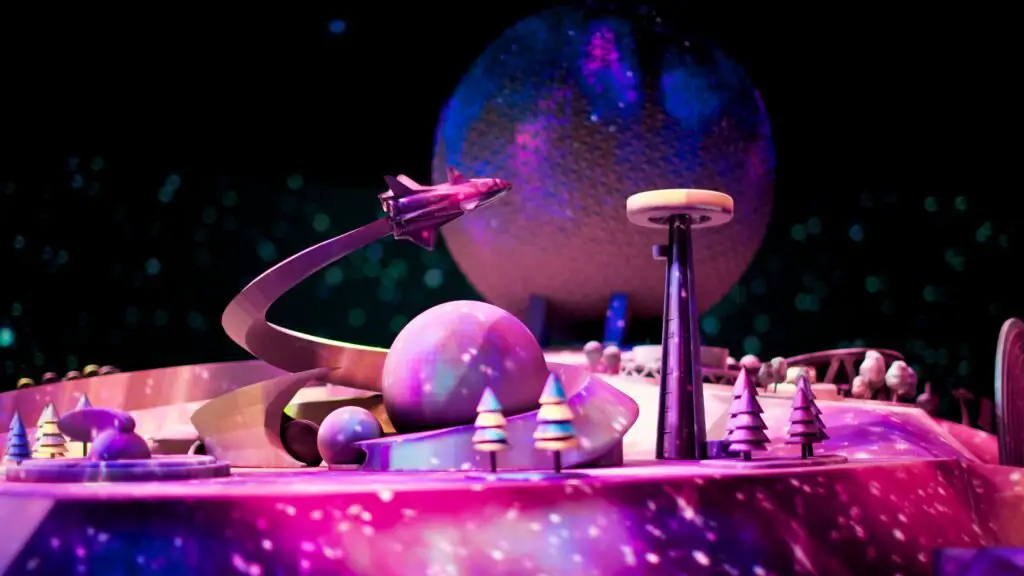
Inspired by the sci-fi shows of the time, kids in the 70s built their own “hovercrafts” using fans, plywood, and sometimes old vacuum cleaners. The goal was to get these makeshift machines to glide over the ground on a cushion of air. Did they work? Sometimes. Were they dangerous? Absolutely. But nothing screamed innovation like a kid trying to build a hovercraft with spare parts.
8. Tesla Coil (or Something Like It)
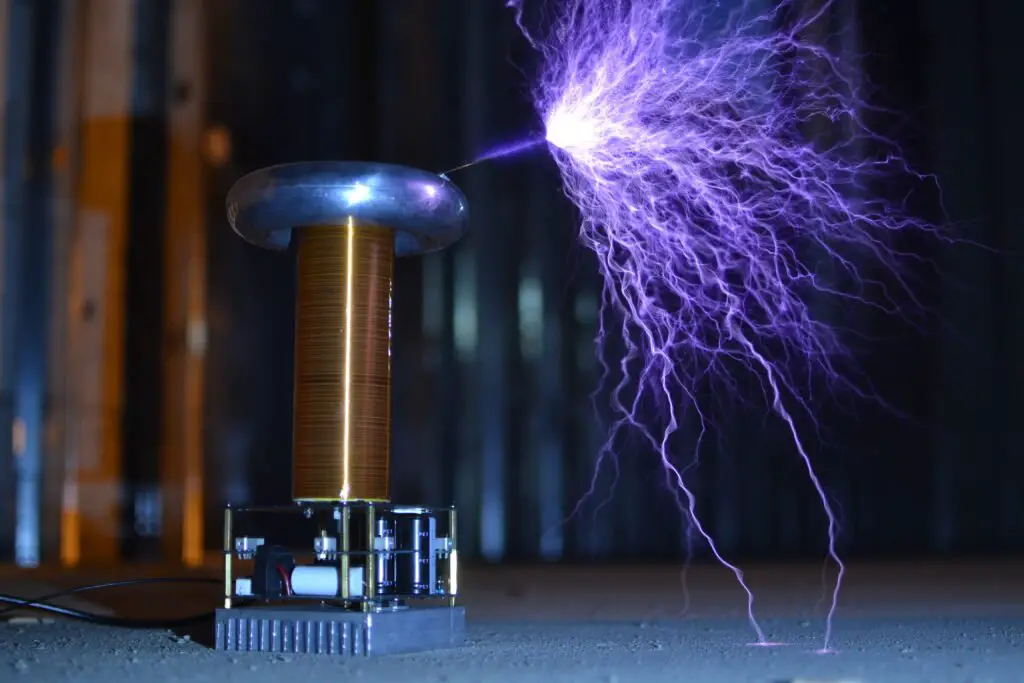
A real Tesla coil was out of reach, but that didn’t stop ambitious kids from trying to create something similar. Whether it was playing with electrical currents or trying to harness lightning (well, not really, but it felt like it), these experiments were full of wires, sparks, and a lot of guesswork. It’s amazing how many of us survived without a major electrical incident!
9. Burning Stuff with Magnifying Glasses

Fire safety wasn’t as much of a focus in the 70s, so naturally, using magnifying glasses to burn leaves, paper, or even ants (yikes!) was considered a perfectly acceptable “experiment.” Some kids took it a step further, setting up large arrays of lenses to create bigger and hotter flames. Dangerous? Absolutely. But it sure felt scientific at the time.
10. Vinegar and Steel Wool Battery
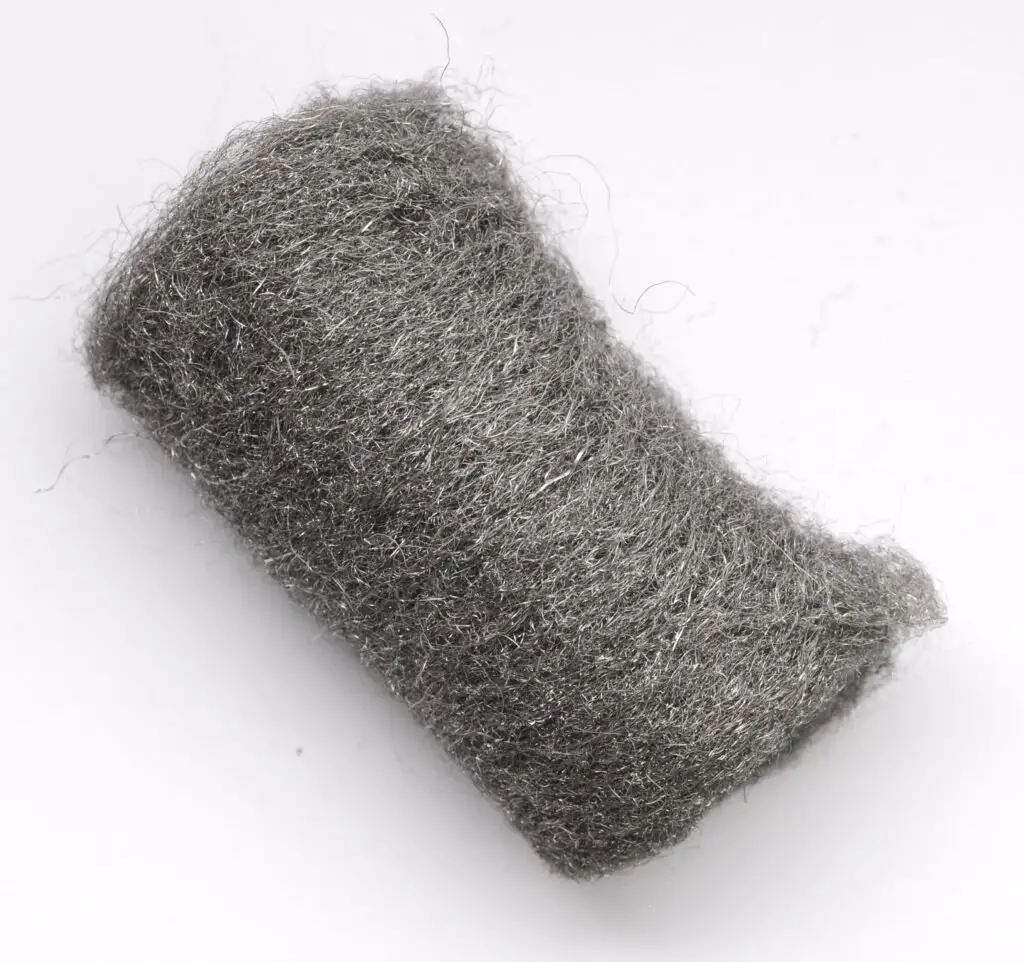
Some clever kids figured out you could combine vinegar and steel wool to create a primitive battery. The smell was horrific, and the chemical reaction could get hot, but that didn’t stop us from trying to power tiny lights or motors with this DIY chemistry set-up. Who needed store-bought batteries when you could make your own?
11. Exploding Film Canisters
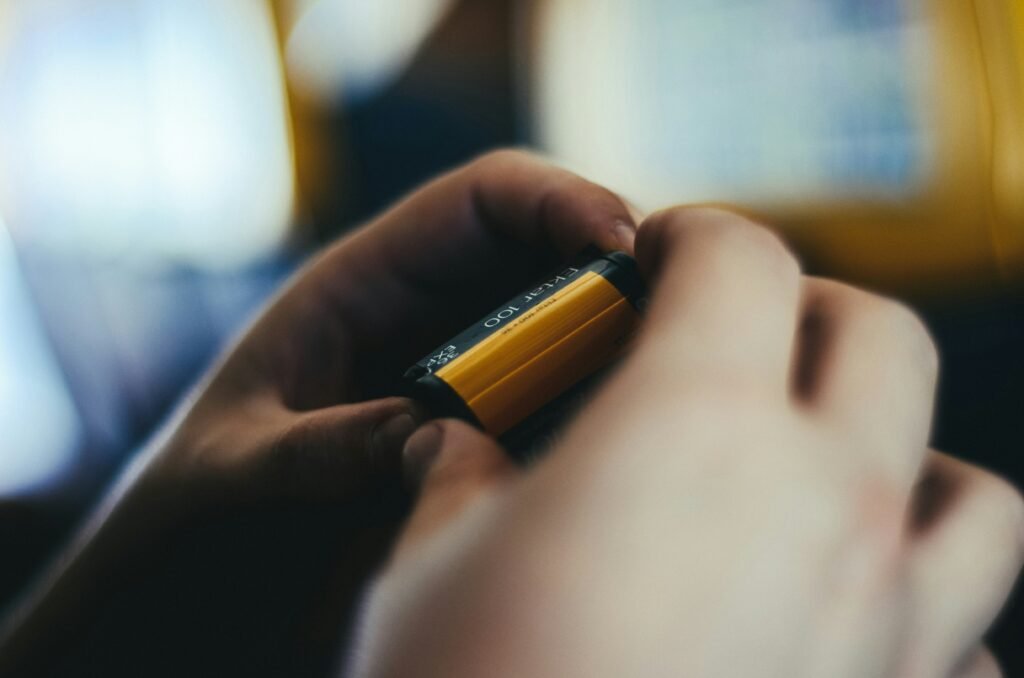
All you needed was a film canister, some water, and a little effervescent tablet (like Alka-Seltzer), and you had the makings of a tiny rocket. We’d seal the lid and wait for the pressure to build until—pop!—the lid would go flying across the room. This one was both fun and surprisingly dangerous, especially when we tried to aim them at each other.
12. Egg Drop Challenge (Without Proper Safety)
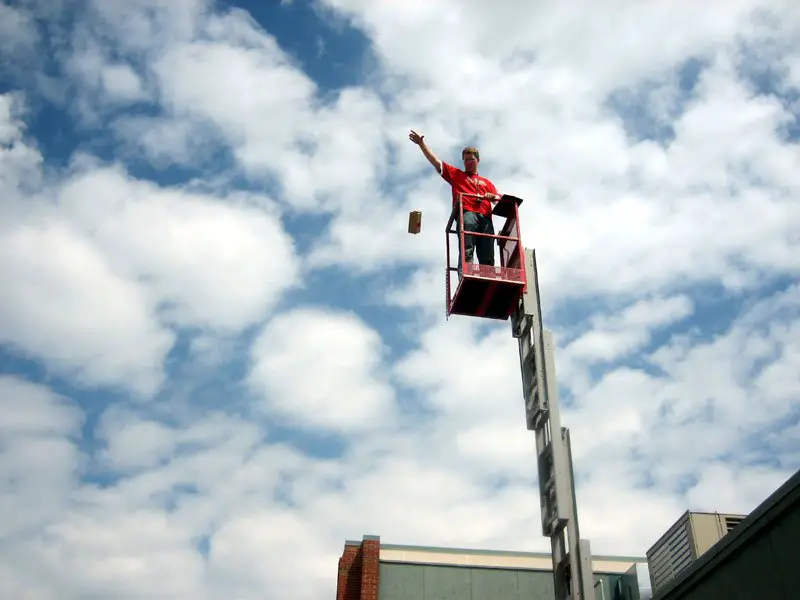
The egg drop experiment is still around, but in the 70s, safety measures were an afterthought. Sure, we’d build parachutes and cushioned containers to protect our eggs, but we’d also stand on high surfaces (sometimes the roof of the school!) and drop them to see if our designs would survive. Falling eggs were one thing, but kids hanging out on the roof? That’s a risk we didn’t think twice about.
13. Chemical Reactions with Bleach
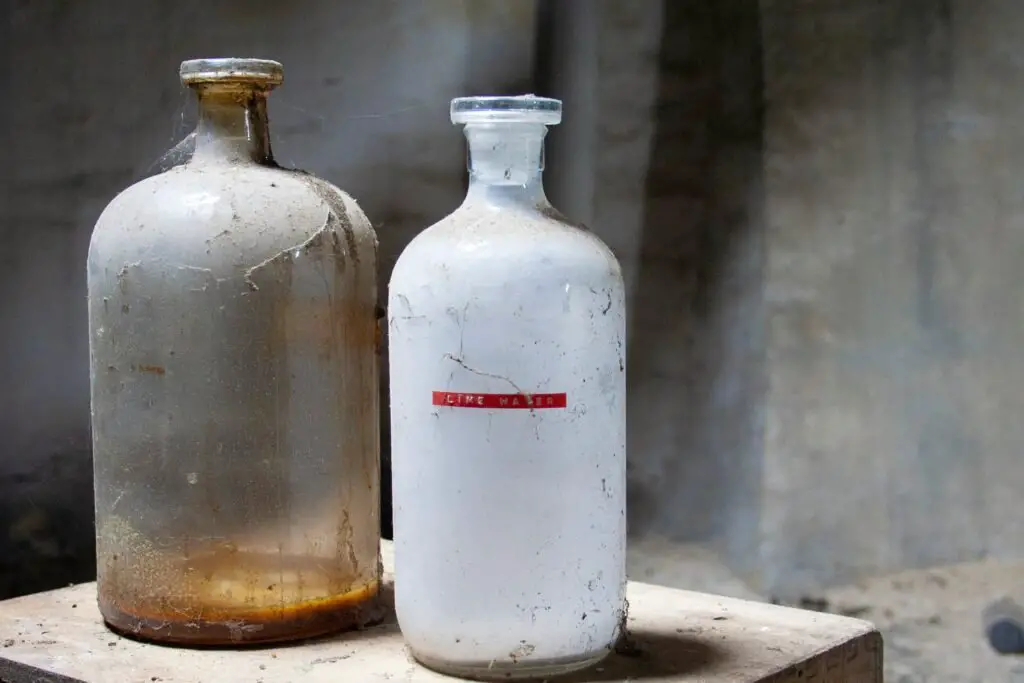
Kids in the 70s didn’t always understand the danger of mixing household chemicals, but that didn’t stop us from trying. We’d mix bleach with anything we could find—like ammonia or vinegar—to see what kind of reactions we could create. The result? Usually a noxious gas or a mess, but it sure taught us about chemistry the hard way!
Looking back, it’s incredible to think how daring—and sometimes reckless—our science fair projects were in the 70s. Safety gear? Not a chance. But that didn’t stop us from pushing boundaries, experimenting with wild ideas, and having an unforgettable time.


